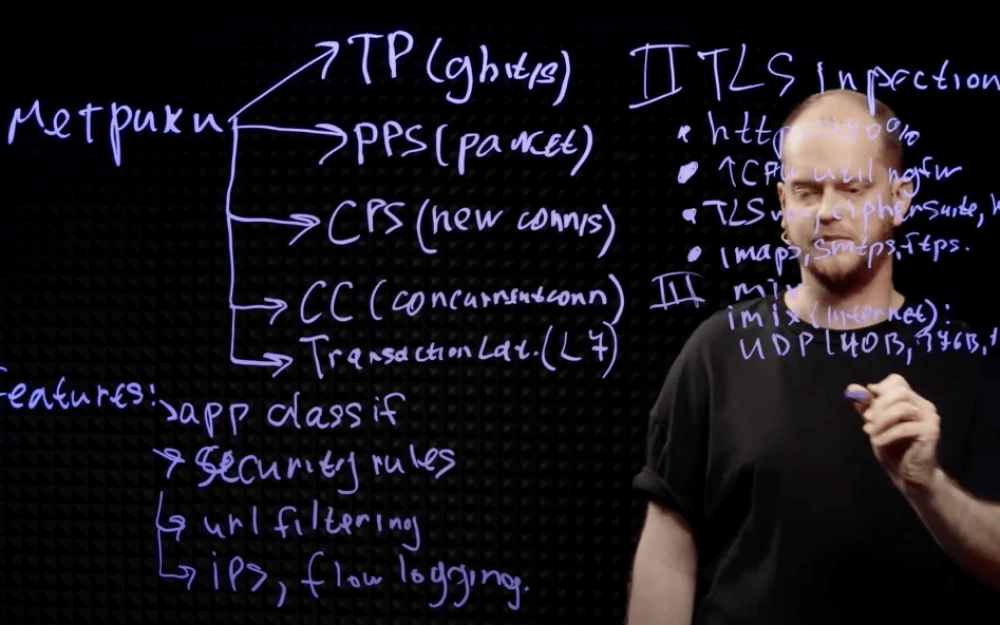- Software
- A
Neural Networks vs Search Traffic: How AI is Changing the Internet
Websites that have dominated the top spots of search results for years are losing visitors: this phenomenon has already been dubbed the "neural network siteclysm." The culprits of this "triumph" are neural networks, both on their own and as modules of search engines. Let’s take a closer look at what’s happening, how AI models are affecting websites, and whether there’s anything that can be done about it.
What is the neural network sitepocalypse?
It all started when search engines like Google and Yandex introduced AI assistants that generate concise answers to users’ queries. Google launched the AI Overviews feature in May 2024. In Russia, a similar role is played by “Neuro.” These tools analyze website content, extract the key information, and display it directly in the search results. There’s no need for the user to click anywhere — the answer is right in front of them.
According to analytics company BrightEdge, a year after the launch of AI Overviews the number of appearances of this assistant’s answers in Google search results increased by 49%. At the same time, visits to original source sites dropped by 30%. In other words, users are increasingly satisfied with the AI’s short summary and ignore the links. This makes a big impact on websites that for decades relied on search traffic as their main source of visitors.
Western media have already dubbed this phenomenon AIpocalypse — an artificial intelligence apocalypse for websites. And it’s not just a loud label: statistics confirm a sharp decline in portal traffic recently. For example, in the US, travel portals lost 20% of their search traffic, news sites — 17%, online stores — 9%, financial resources — 7%, and culinary and fashion sites — between 5 and 7%.
So what’s the problem? Search traffic has long been the foundation of the internet economy. Websites competed for top positions in results, investing huge amounts in SEO: optimizing content, buying links, improving loading speeds. The higher the ranking, the more clicks, ad views, and therefore income. But neural networks are rapidly turning this model upside down.
Now the user sees a ready-made answer right in the search engine. Why visit a website if AI has already gathered everything you need? The time savings are significant, especially with unstable internet when some resources may not load at all. Or they load, but slowly. As a result, sites lose visitors, and with them, advertising and subscription revenue. The paradox is that it’s the original sources of information that suffer—the very resources providing data to large language models.
How neural networks are changing user behavior
Neural networks do not just intercept traffic — they change the way users interact with the internet. Previously, a search engine was just an intermediary, directing the user to the appropriate website. Now, ChatGPT or Grok — are the starting and ending points of a search query. People increasingly perceive search as a self-sufficient source of information rather than a tool to navigate to the original site.
This is especially noticeable in mobile internet, where convenience and speed are everything. According to Statista data for 2024, 63% of search queries worldwide are made from mobile devices. Scrolling through dozens of links on a small screen is inconvenient, so AI responses are practically the perfect option for the vast majority of users.
Of course, this is not a panacea, there are nuances. Neural networks do not always handle context or specific queries well. For example, if you're looking for expert opinions or unique content, AI might provide generalized information that will not replace the original article. This gives traffic and hope for the future to websites that focus on deep, high-quality content.
Another category that is still holding strong is websites with interactive services. A neural network can tell you how to book a hotel, but the actual process remains with the website. The same applies to online stores with unique assortments or complex product configurators.
In Russia, the situation is still different from the global trend. Many users continue to rely on local search engines. But the described trend is global, the rise of neural networks is ubiquitous, so sooner or later, the situation will change for everyone.
Website owners are not sitting idly by. Some of them are already filing lawsuits against AI model developers. The gist of most of these lawsuits is the use of content to train LLMs without permission. There are also options to adapt. Here are a few strategies being discussed in professional circles:
Focus on unique content. Neural networks handle generalization of facts well, but they poorly convey the author's style, deep analysis, or personal experience. Websites that focus on exclusivity can maintain their audience.
Interactivity. Services that require direct interaction — from mortgage calculators to image editors — are still beyond the reach of neural networks.
Direct traffic. Social networks, email newsletters, push notifications — all of these help attract users while bypassing search engines and their AI assistants.
Monetization through subscriptions. Websites like Medium or Substack show that paid access to quality content can be a viable model.
SEO for neural networks. Some experts suggest optimizing information for AI algorithms. For example, structured data and clear headings help artificial intelligence better interpret content.
The Near Future of the Internet
Neural networks are not a temporary trend, but a new reality. They have already changed search, and this process is irreversible. The global network is gradually turning from a web of links into question-and-answer services. And there are very few of them, just a handful. This doesn't mean that websites will disappear, but their role will change. We may see a split: some resources will become “raw material” for neural networks, while others will remain independent platforms with loyal audiences.
For users, this is more of a plus—the ability to get quick answers. But for website owners and even search engines themselves, it’s a challenge and a problem. If traffic continues to decline, the internet economy will have to adapt: less advertising, more subscriptions and direct sales. Or perhaps neural networks will start integrating advertising into answers, and everything will come full circle, but in a new form.
Long-term forecasts in the current conditions are a thankless task. Perhaps in a couple of years neural networks will become so accurate that websites will finally turn into an invisible database for AI. Or the market might find a balance and search traffic will return in a new form.
One thing is clear: neural networks are both a threat and an opportunity. They take away visitors, but open up new ways to interact with audiences. The key is to keep moving and experimenting. What do you think, how will all of this end in the end?












Write comment